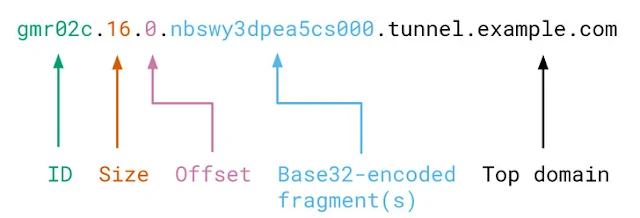Is it accurate to say that you are an ordinary client of eBay, Amazon, and other online business sites? In the event that your answer is truly, perused along to know how programmers can take subtly redirect your card subtleties utilizing Google Analytics.
What's happening?
Programmers are utilizing Google's servers and Google Analytics stage to take charge card data. This is another strategy used to sidestep Content Security Policy (CSP) utilizing the Google Analytics API. There are Magecart assaults progressing that use this strategy to scratch Mastercard data from online business locales.
How accomplishes this work?
Danger entertainers can utilize Google Analytics contents to take information. They utilize a web skimmer content that is intended to encode and scramble taken information and send it to the entertainer's Google Analytics dashboard.
The assailants utilize their own Tag ID proprietor of the UA-#######-# structure since CSP doesn't segregate dependent on Tag ID. The base of the issue lies in the non-granular structure of the CSP rule framework.
Significant details about Google Analytics
Just 210,000 web spaces out of the best 3 million are utilizing CSP to ensure client information on their locales. Also, 17,000 locales reachable by means of these top spaces have whitelisted google-analytics.com.
More than 29 million sites are allegedly utilizing Google Analytics administrations, while Yandex Metrika and Baidu Analytics are utilized on 2 million and 7 million locales, separately.
What are the specialists saying?
Willem de Groot expressed, "CSP was created to restrain the execution of untrusted code. In any case, since essentially everyone confides in Google, the model is defective."
Specialists recommend that an expected answer for this would originate from versatile URLs that would include ID as a piece of the URL.
Basically CSP can't guarantee site security if programmers find shrewd approaches to sidestep it. Since areas like Google Analytics are trusted of course, it makes a helpless circumstance for most well known sites utilizing it.
What's happening?
Programmers are utilizing Google's servers and Google Analytics stage to take charge card data. This is another strategy used to sidestep Content Security Policy (CSP) utilizing the Google Analytics API. There are Magecart assaults progressing that use this strategy to scratch Mastercard data from online business locales.
How accomplishes this work?
Danger entertainers can utilize Google Analytics contents to take information. They utilize a web skimmer content that is intended to encode and scramble taken information and send it to the entertainer's Google Analytics dashboard.
The assailants utilize their own Tag ID proprietor of the UA-#######-# structure since CSP doesn't segregate dependent on Tag ID. The base of the issue lies in the non-granular structure of the CSP rule framework.
Significant details about Google Analytics
Just 210,000 web spaces out of the best 3 million are utilizing CSP to ensure client information on their locales. Also, 17,000 locales reachable by means of these top spaces have whitelisted google-analytics.com.
More than 29 million sites are allegedly utilizing Google Analytics administrations, while Yandex Metrika and Baidu Analytics are utilized on 2 million and 7 million locales, separately.
What are the specialists saying?
Willem de Groot expressed, "CSP was created to restrain the execution of untrusted code. In any case, since essentially everyone confides in Google, the model is defective."
Specialists recommend that an expected answer for this would originate from versatile URLs that would include ID as a piece of the URL.
Basically CSP can't guarantee site security if programmers find shrewd approaches to sidestep it. Since areas like Google Analytics are trusted of course, it makes a helpless circumstance for most well known sites utilizing it.








